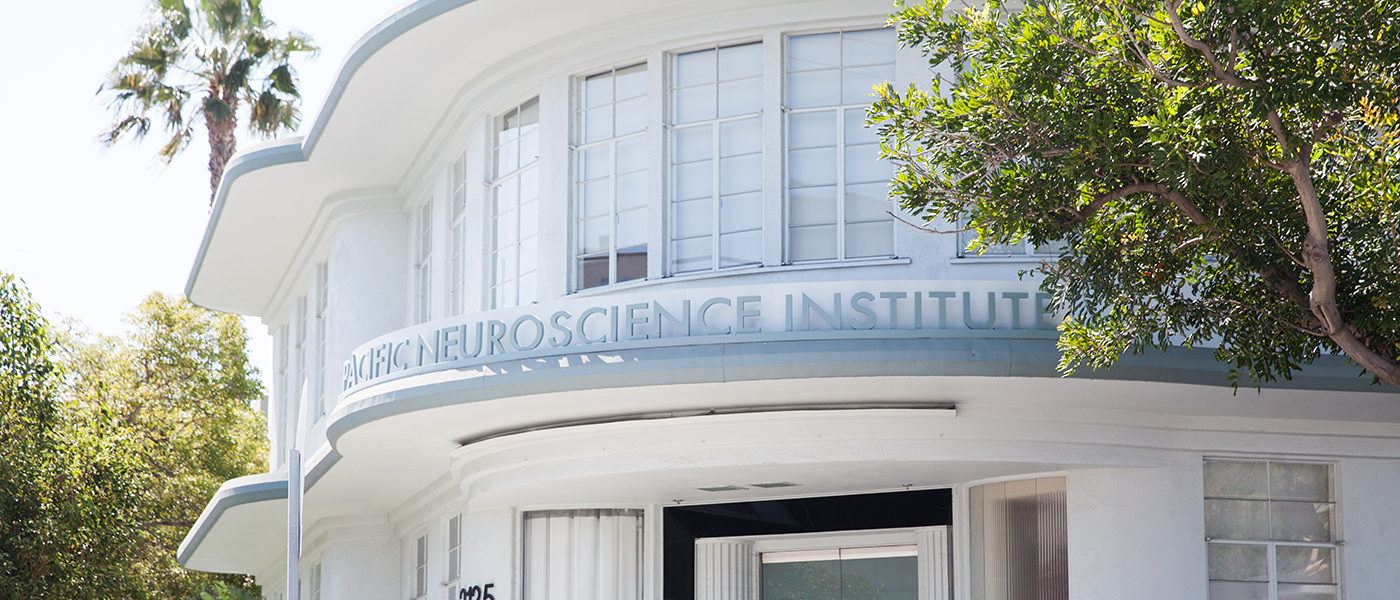
Facial Therapy for Facial Paralysis
At PNI we believe every patient with facial paralysis should expect to regain most if not all of their facial movement. With that goal in mind, we know that surgery is not the only solution. Therefore, we recommend that every patient with facial paralysis start a facial therapy program (physical or occupational therapy) with an expert in treating patients who suffer from facial paralysis.
Our experienced physicians and therapists believe that by learning proper exercises and receiving facial physical therapy, one can regain the ability to smile, frown, and make other facial expressions.
Physical therapy is an essential component in the treatment of facial paralysis. Physical therapy may reduce the side effects of synkinesis or enhance recovery after facial reanimation surgery.
Facial therapy for facial paralysis is a crucial aspect of managing various forms of facial paralysis, whether they are due to conditions like Bell’s palsy, traumatic injuries, cancer-related causes, or congenital factors. The goal of facial therapy is to improve facial muscle strength, coordination, and function, as well as to address associated issues such as speech and swallowing difficulties. Here are key components of facial therapy for facial paralysis:
Treatments for Facial Paralysis
- Patient education
- Relaxation training
- Face-tapping exercises
- Behavioral training with biofeedback (Visual or EMG sensory feedback)
- Specific action exercises (SAE’s)
- Stress integration and voice patterning
- Eyelid specific action exercises (ESAE’s)
- Electrical stimulation
- Mechanical/manual stimulation or Massage
- Facial strengthening exercises
Neuromuscular Retraining (Physical Therapy) for Facial Paralysis
At PNI we support individually tailored facial neuromuscular training programs for patients with side effects of facial paralysis. Neuromuscular retraining is one of the primary methods for treatment of patients with facial nerve synkinesis following facial paralysis.
It can be initiated for patients recovering from all causes of facial paralysis and who have developed synkinesis (eg. Bell’s palsy, acoustic neuroma, and/or traumatic facial nerve paralysis) (link to related condition pages). It can also benefit patients who have undergone facial reanimation surgery following treatment of acute or chronic paralysis.
Neuromuscular facial retraining focuses on teaching patients to actively coordinate facial movements. Most commonly, physical rehabilitation therapy is aimed for facial neuromuscular retraining exercises with or without visual or electromuscular biofeedback, mechanical or manual stimulation and/or electrical stimulation. Neuromuscular retraining has shown the ability to restore function in long standing facial paralysis.
Biofeedback
The inclusion of biofeedback, either through visual feedback or electromuscular testing reduces recovery times, and has also been shown to improve facial symmetry and reduce synkinesis. Mechanical stimulation in the form of massage is often used in conjunction with neuromuscular retraining. However, electrical stimulation alone is not recommended as it can lead to a worsening of synkinesis and other mass movements.

In-Person or Virtual Video Visit
Our specialists have consultation openings for new patients.